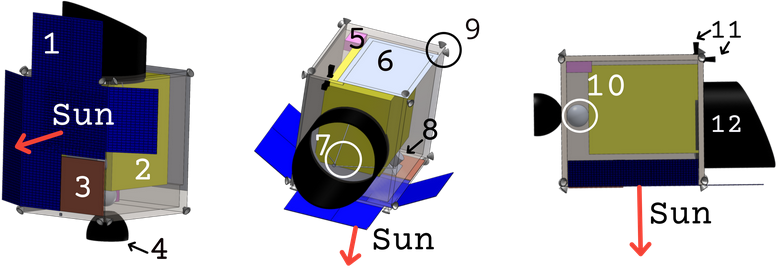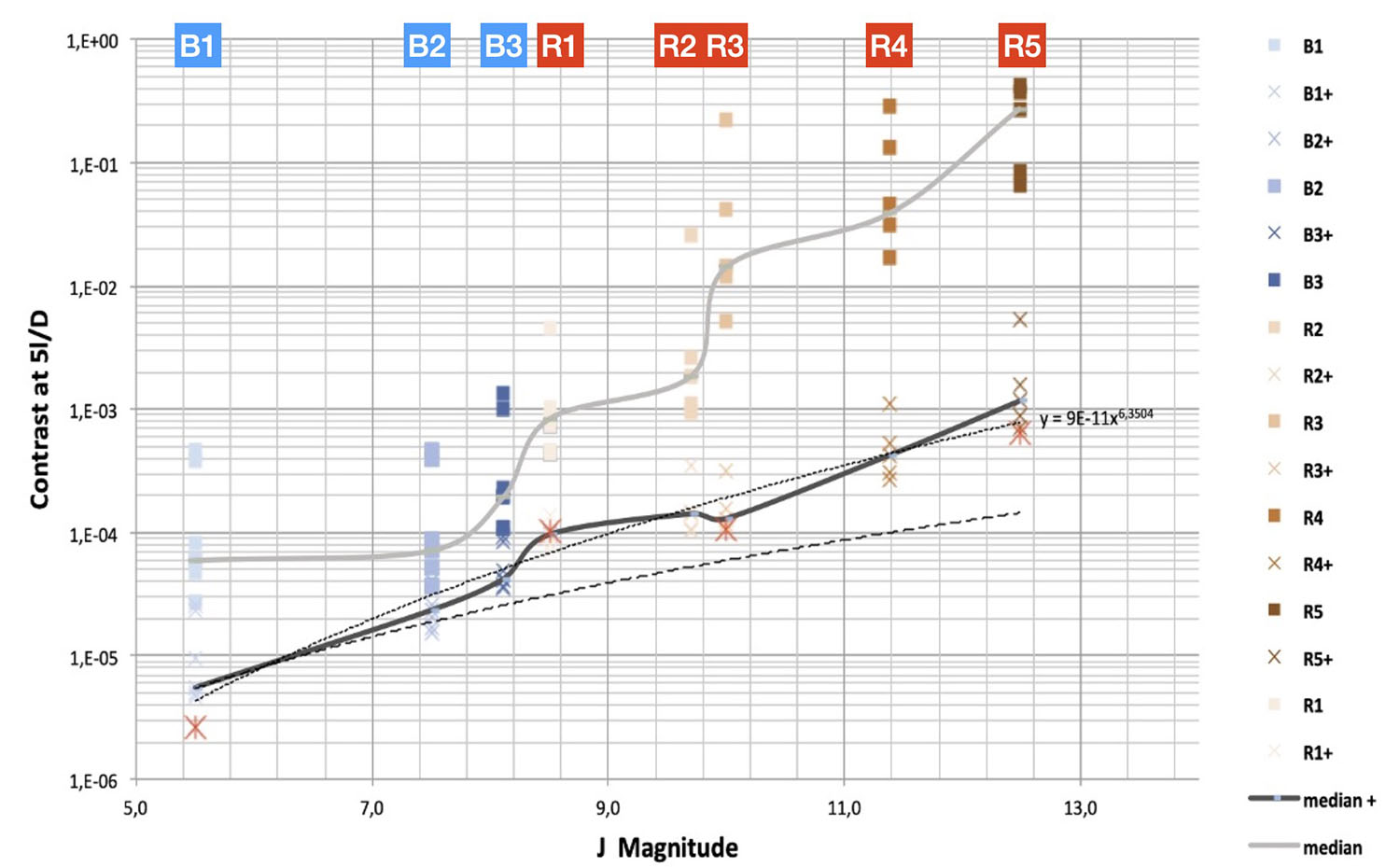MITM8
Future and current instruments to detect and characterise extrasolar planets and their environment
Co-organized by EXOA
The goal of this session is to bring together the instrumentation and observational communities that are underpinning the future of this field. Contributions are invited to review ongoing programmes of exoplanet and circumstellar discs discovery and characterisation, to update on the progress of planned instrumentation programmes, and to present innovative ideas for future instrumentation.
Session assets
Space-Based
14:40–14:50
|
EPSC2024-537
|
On-site presentation
14:50–15:00
|
EPSC2024-1105
|
On-site presentation
15:00–15:10
|
EPSC2024-222
|
ECP
|
On-site presentation
15:10–15:15
Q&A session
Ground-based
15:15–15:25
|
EPSC2024-968
|
ECP
|
On-site presentation
15:25–15:35
|
EPSC2024-1356
|
On-site presentation
15:35–15:45
|
EPSC2024-1186
|
On-site presentation
15:45–15:55
|
EPSC2024-940
|
ECP
|
On-site presentation
15:55–16:00
Q&A session
I16
|
EPSC2024-1190
|
On-site presentation
I17
|
EPSC2024-892
|
ECP
|
On-site presentation
I18
|
EPSC2024-240
|
ECP
|
On-site presentation
I19
|
EPSC2024-1199
|
Virtual presentation
I20
|
EPSC2024-272
|
ECP
|
On-site presentation
I21
|
EPSC2024-1206
|
On-site presentation
I22
|
EPSC2024-620
|
ECP
|
On-site presentation
I23
|
EPSC2024-282
|
ECP
|
On-site presentation
I24
|
EPSC2024-1202
|
ECP
|
On-site presentation
I25
|
EPSC2024-1127
|
ECP
|
On-site presentation
I26
|
EPSC2024-386
|
ECP
|
On-site presentation
I27
|
EPSC2024-67
|
Virtual presentation
Small-ELF (SELF): a powerful telescope for high-contrast astronomy and a prototype for the future >30-meter ExoLife Finder (ELF) hybrid optical telescope
(withdrawn)
Additional speaker
- Camilla Danielski, INAF - Osservatorio Astrofisico di Arcetri, Italy

